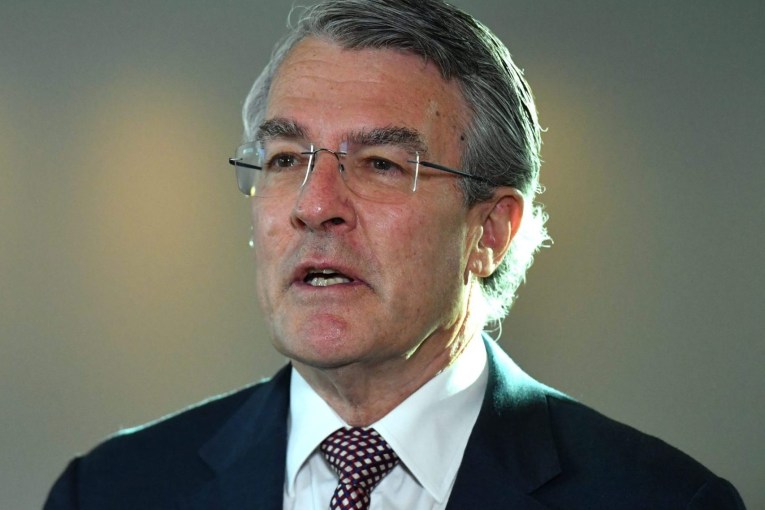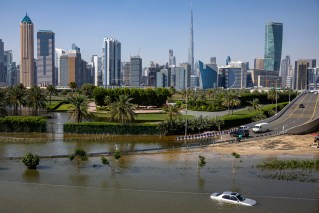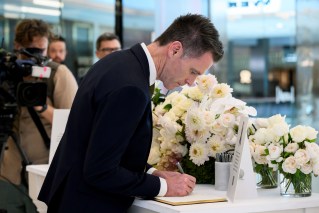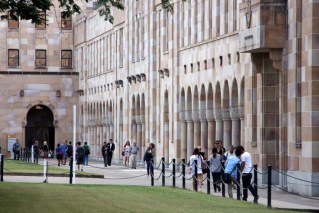Reserve Bank sees end of severe lockdowns as key to economic health
The Reserve Bank of Australia has trimmed its economic growth forecast for this year, but is expecting a stronger result in 2022.

Image: Tim Mossholder/Unsplash
That would see annual growth at four per cent at the end of this year rather than 4.75 per cent as previous predicted, but at 4.25 per cent at the the end of 2022 instead of 3.5 per cent.
Releasing its quarterly statement on monetary policy, the central bank is sticking to its forecast made in February for a five per cent unemployment rate at the end of 2021.
But it is expecting a quicker decline in the rate than earlier thought over the next two years which will result in it hitting four per cent by the end of 2023.
The unemployment rate fell to a decade low of 4.9 per cent in June.
The bank said its “baseline scenario” for the economy assumed that the vaccine rollout accelerated in the second half of the year, reducing the frequency and severity of lockdowns and allowing the international border to be reopened gradually from mid-2022.
“This scenario assumes that the Sydney lockdown extends through the September quarter and the lockdown in southeast Queensland ends as planned, with some further brief – and less severe – restrictions assumed to occur in the December quarter,” it said.
“Health outcomes are the main uncertainty for the outlook and will determine when and how quickly the economy bounces back.”
“Further large outbreaks are possible, but the need for extended lockdowns should diminish as vaccination coverage increases.”
It expects economic growth to contract in the September quarter, which will see employment decline and the unemployment rate increase for a time.
“The Australian economy is expected to bounce back, although further major outbreaks and extended lockdowns would delay this,” it says.
The report reiterates that the RBA board will not raise the cash rate – currently at a record low 0.1 per cent – until inflation is sustainably within the two to three per cent target range.
“Meeting this condition will require the labour market to be tight enough to generate wages growth that is materially higher than current levels,” it says.
“Under the current central scenario for the economy this will not be until 2024.”












